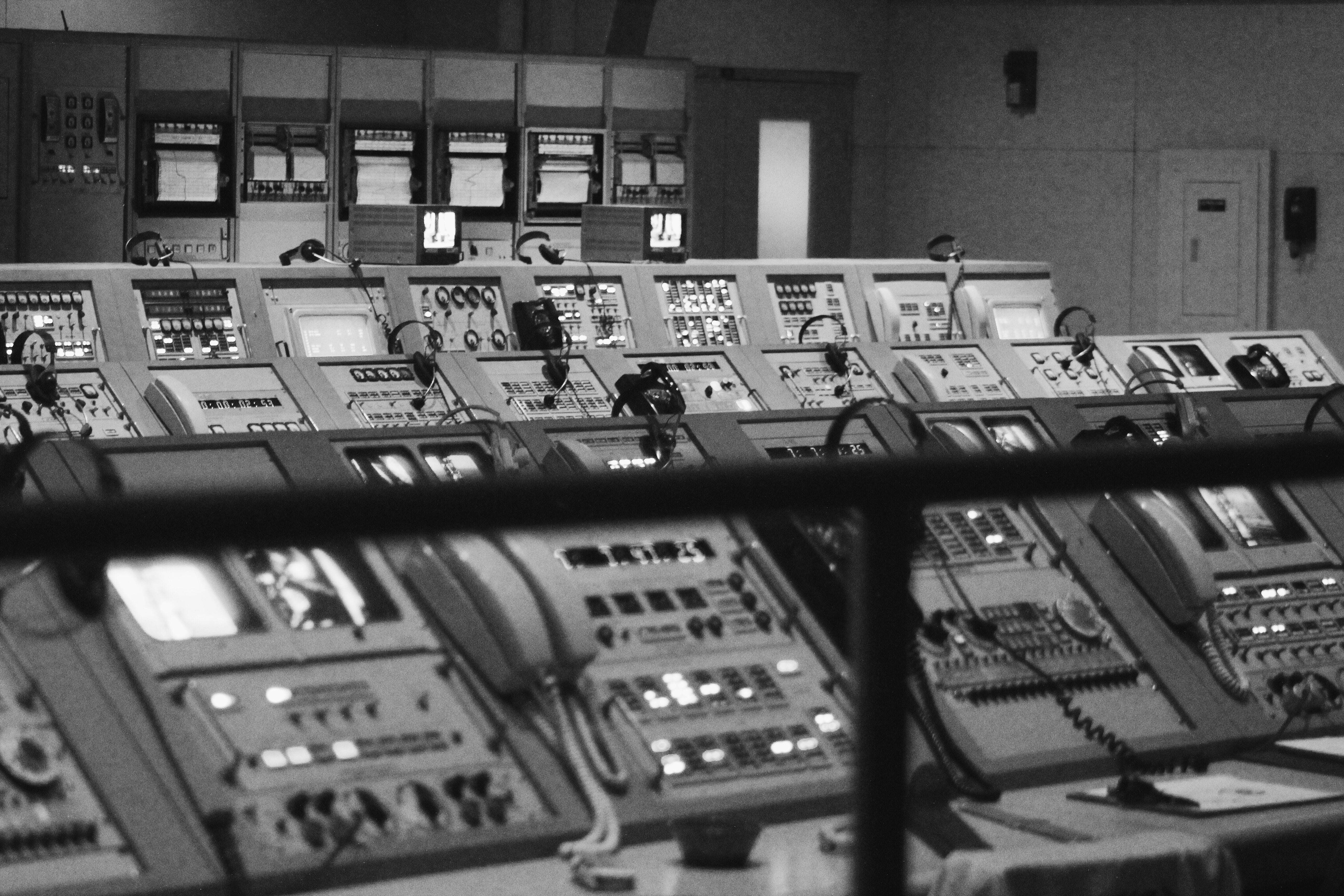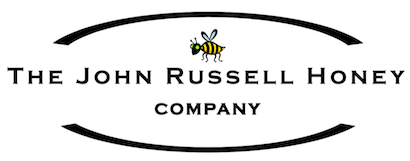
Bees are fascinating creatures that play a crucial role in our ecosystem. They are known for their ability to fly and pollinate plants. In our previous article we covered bees as a research tool, but if humans want to populate beyond earth, the challenges of large scale food production come into play. Pollination is crucial for most crops, and honeybees would be a solution to that problem set.
Flightless Bees in Space?
One of the issues with bees being in an indoor or enclosed environment is direction. Bees use a complicated formula in how they determine where they are, where they have gone, and how to find their way back. Just like seafarers of old they use a star ( in this case the sun ) and the speed of it's movement across the sky to establish location. In space, this may not work well at all.
Many studies have tried to duplicate an outdoor environment to fool bees in thinking they were outdoors. Mixed results were achieved at best. We could dive into the feasibility of breeding flightless bees for space, but that would reduce efficiency as flying usually beats walking in terms of covering distances. Reprograming millions of years of evolved tools and behavior will be a challenge.
The genome of the honeybee has been extensively mapped, second only to our own species. Crispr technology unlocks endless potential for developing hybrid species for space and can help enable future colonization. One approach could involve genetic modification to disable the flight muscles while ensuring the bees retain their other essential traits, or changing or adding to the light spectrum visible to them. Playing God is not the only option as bees can be taught how to behave and problem solve in new fashions with food as a stimulus.
When we reside in space, or the moon in a more advanced artificial environment, bees will surely be a part of that artificial ecosystem.

Stay Tuned
Additionally, creating artificial habitats that mimic Earth-like conditions could be difficult, as bees require specific environment conditions to thrive. These habitats would need to simulate gravity, temperature, humidity, and provide a sustainable food source to support the bees' needs, and that's just the basics.
Furthermore, it would be crucial to conduct extensive research and experiments to understand the long-term effects of microgravity on bees flightless or not. Studying their behavior, reproductive capabilities, and overall health in space-like conditions would be essential to ensure their well-being.
While the idea of breeding bees for space is captivating, it remains a topic of speculation and scientific exploration. The challenges and complexities involved make it a long-term goal rather than an immediate possibility.
However, the research conducted in this field could have broader implications for understanding the adaptability of organisms (in this case, arthopods) to extreme environments. It could pave the way for developing sustainable ecosystems and exploring the possibilities of sustaining life beyond Earth, or even in highly modified earth based environments.

